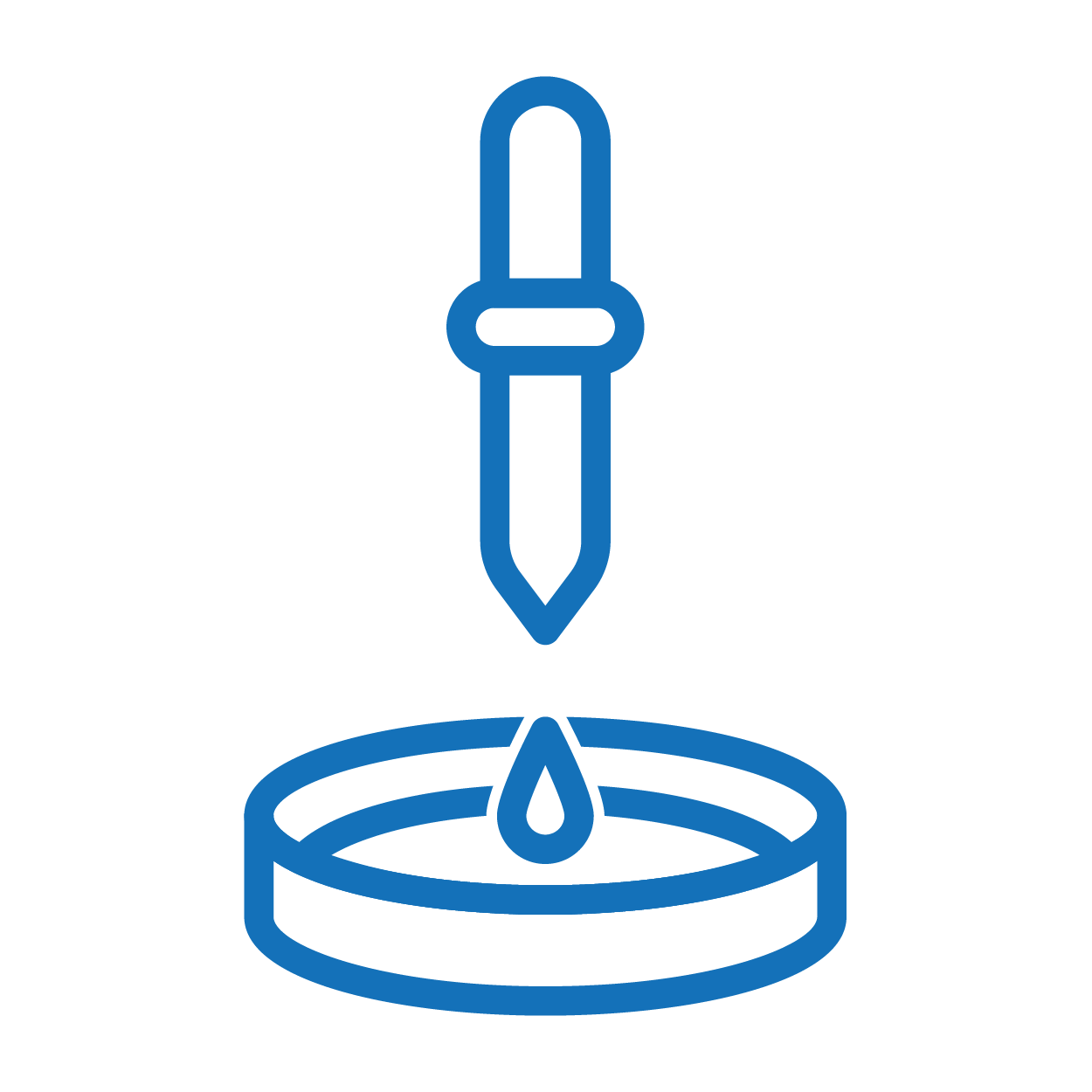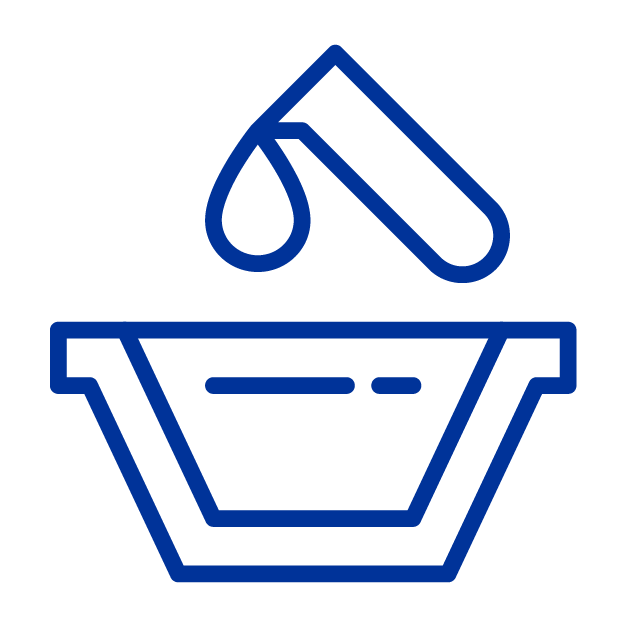PFAS IN GROUND & SURFACE WATERS
Home / PFAS Matrices / Ground & Surface Waters
PACE® PROVIDES PFAS TESTING FOR GROUNDWATER AND SURFACE WATER TO SUPPORT PFAS REMEDIATION, CONTROL, AND RISK MITIGATION EFFORTS.
PROTECTING THE SOURCE
Since many communities get their drinking water from ground and surface waters, protecting these sources can be key to protecting community health.
PFAS TREATABILITY STUDIES
Pace® PFAS Treatability Studies help clients evaluate the effectiveness of technologies and strategies for PFAS removal, remediation, and destruction. By conducting a Treatability Study, environmental engineers and scientists can optimize remediation strategies, ensure regulatory compliance, and build public trust.
EPA TARGETS GROUND & SURFACE WATERS
The U.S. EPA has announced several initiatives designed to assess and control PFAS contamination in groundwater and surface waters across the country.

COMPREHENSIVE ENVIRONMENTAL RESPONSE, COMPENSATION, AND LIABILITY ACT (CERCLA)
Designate PFAS as a hazardous substance, clearing way for greater accountability for polluters

EFFLUENT LIMITATION GUIDELINES (ELG)
Used to restrict and study PFAS discharges from industrial sources

NATIONAL POLLUTANT DISCHARGE ELIMINATION SYSTEM (NPDES )
Additional monitoring requirements and new test methods for permitting

TOXIC RELEASE INVENTORY (TRI)
Track the release of toxic chemicals into the environment from industry
EPA RAISES THE STAKES FOR INDUSTRY & MANUFACTURING
The EPA will seek to hold polluters and other responsible parties accountable for their actions and for PFAS remediation efforts. In its 2021-2024 PFAS Strategic Roadmap, the agency mentions more than a dozen industries by name. Risk assessment and mitigation will be more important than ever for businesses in these sectors.
STATE ACTION ON PFAS IN GROUND & SURFACE WATERS
Many states already have limits on PFAS discharge to ground and surface waters. With the EPA’s increasing focus on PFAS in drinking water sources and the environment, additional state-level action is expected. Pace® can provide your organization with a state-specific briefing to support your PFAS control and risk-mitigation efforts.PRIMARY METHODS FOR PFAS TESTING IN GROUND & SURFACE WATERS
Several methods are available to analyze PFAS in ground and surface waters. Pace® can help you select the right method based on matrix characteristics and the goals of your project.

EPA 1621
A screening method used to quantify total adsorbable organic fluorine in aqueous matrices

ASTM D8421/Method 8327
A rapid, definitive method for analyzing PFAS in aqueous and solid matrices utilizing LC/MS/MS and isotope dilution

EPA 1633
A method for analyzing up to 40 PFAS compounds in non-potable water, solids, landfill leachate, and biota

PFAS by Isotope Dilution
A test method developed by Pace® for analyzing targeted PFAS in matrices other than drinking water

TOP Assay
A method for analyzing PFAS precursors in liquid and solid matrices

Total Fluorine
Test methods used to analyze total fluorine in a wide range of solids, including consumer and industrial products
PFAS MATTERS
Stay up to date on PFAS in the news and get opinions from Pace® PFAS experts by subscribing you our blog: PFAS Matters.
REASONS TO CHOOSE PACE®

EXPERIENCED
Pace® has been an industry leader in persistent organic pollutant testing for over three decades.
CERTIFIED
We’re certified/accredited by NELAC, ISO, DOD, DOE, and in every state with a PFAS lab certification program.

RELIABLE
For emergencies, our Rapid Response Team can provide defensible results in as little as 24 hours.

COMMITTED
We are committed to helping our customers advance their important work through building strong relationships, delivering upon expectations, and providing exceptional customer service.

ADVANCED
We can test for PFAS in both solid and aqueous matrices, including potable and non-potable waters, soils, and biota.

INNOVATIVE
We’re on the leading edge of science, working with EPA, DOD, ASTM, and others to develop new methods for analyzing PFAS.




